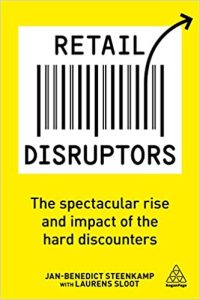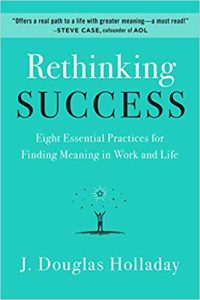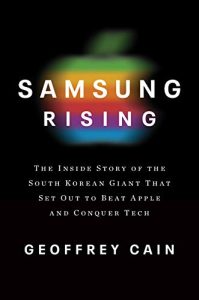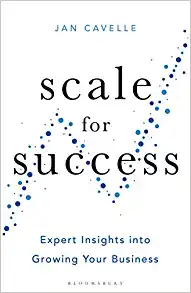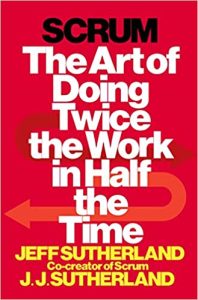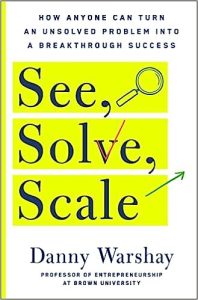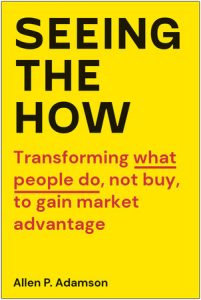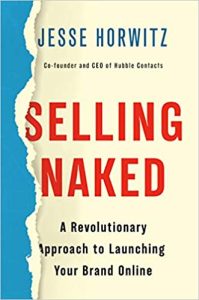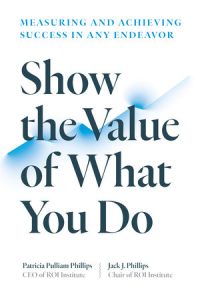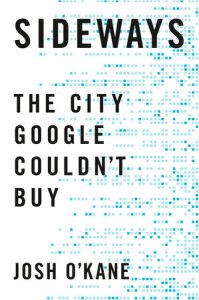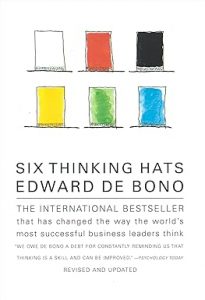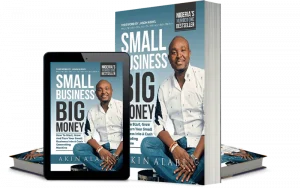Retail Disruptors
₦8,000.00Hard discounters are stores that sell a limited selection of consumer packaged goods and perishables – typically fewer than 2,000 Stock Keeping Units – for prices that are usually 50-60% lower than national brands. The best known hard discounters are Aldi and Lidl, but global brands include Trader Joe’s, EuroSpin, Biedronka, Netto and Leader Price. Their rise has been monumental; they have irrevocably changed the face of retail in Europe and Australia, and are making steady inroads into the US. Retail Disruptors explores the very real threat that hard discounters pose to traditional retailers and brand manufacturers.
Retail Disruptors is the first book that explores this upheaval, providing expert insight into the business models of the leading hard discounters, and what mainstream retailers and brand manufacturers can do to remain competitive in the face of disruption. Meticulously researched by two of the leading authorities in retail strategy, private labels, branding, and hard discounting, Retail Disruptors is essential reading for all brand manufacturers and retailers who want to retain the competitive edge.

